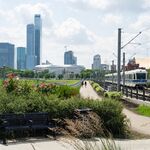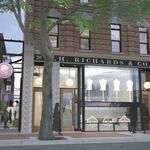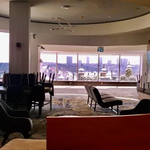ChazYEG
Senior Member
I personally don't even think they look impressive, at least in most situations.Yes, one of the advantages we actually have is we are not as constrained as Vancouver or older very built up cities. Having to deal with stairs, elevators and escalators (that seem to frequently not work) doesn't make transit more accessible or easy to use for riders, in fact the opposite. I suppose those elevated sections elsewhere look impressive, but really they should be a last resort and used sparingly only when absolutely necessary.
For once, they make for a very poor street level experience, blocking sunlight and creating a very claustrophobic feel. I understand that sometimes they're needed, and have the same benefits (transit-wise) of an underground line, such as higher speeds, and full grade separation.
All of these are incompatible with low-floor, neighborhood friendly transit. The goals are different for high-volume-high-speed metro-style lines and for things like the Valley Line.
I would've not opposed if the Capital Line was fully elevated down 111 st, for example. It would've made a lot of sense, especially considering that the two stations we have there are already "elevated" anyways, and it is a very wide arterial, with huge setbacks from the houses that back onto it. Having full grade separation there would make A LOT of sense and benefit everyone.
I think the same about the section that goes from DT to Coliseum, since the number of houses impacted would be minimal, and having the at grade crossings in this section is horrible.
Same goes for the Metro Line crossings at Royal Alex/Kingsway/NAIT. All of these should've been grade separated. I do believe the best option there would've been to bury the line, however. Cut-and-cover wouldn't have been significantly disruptive, especially in the section that would've seen the most people affected by an elevated section (106st, which is not exactly a major thoroughfare).





